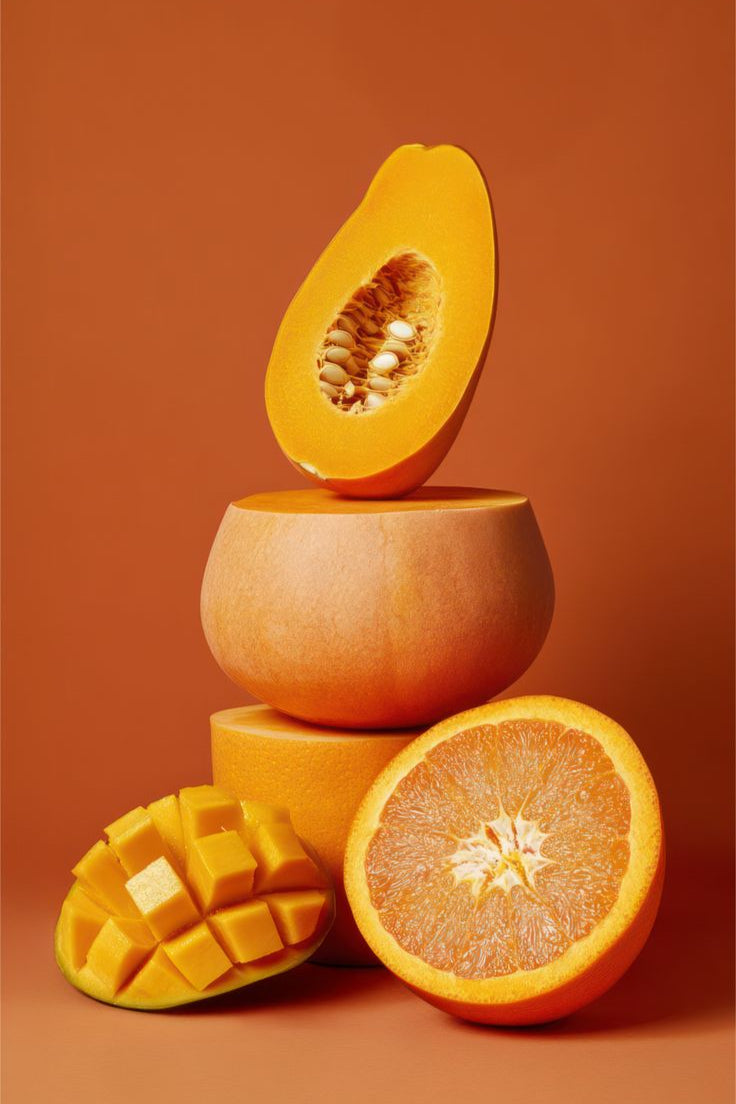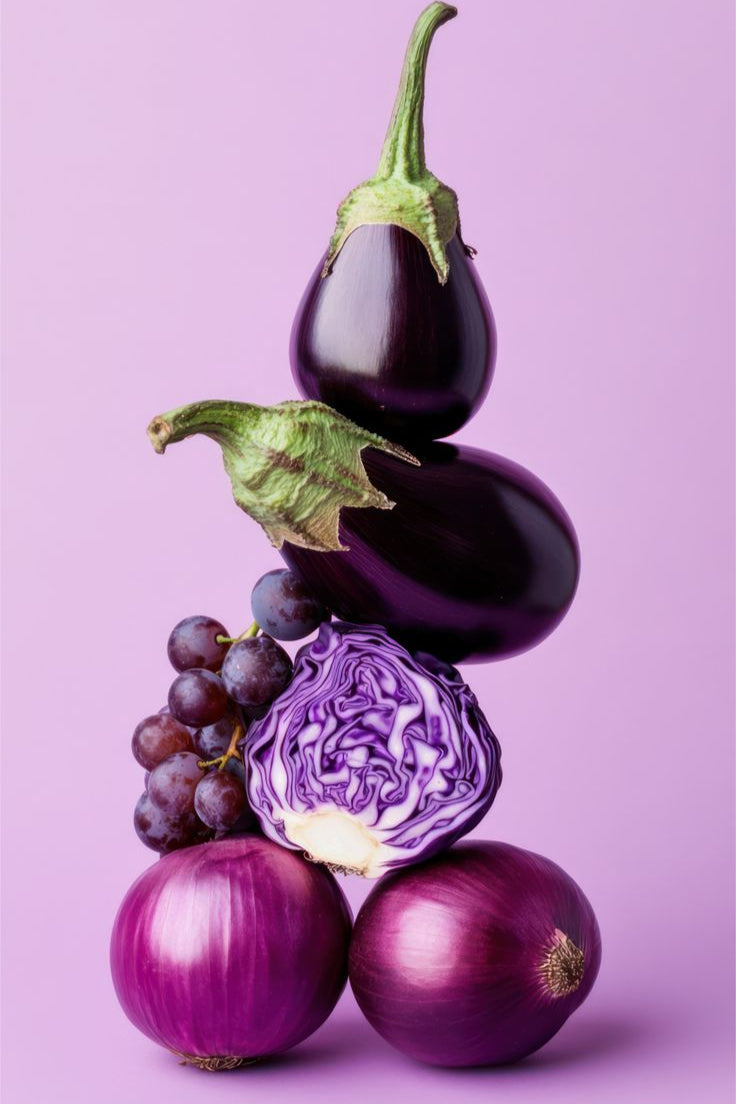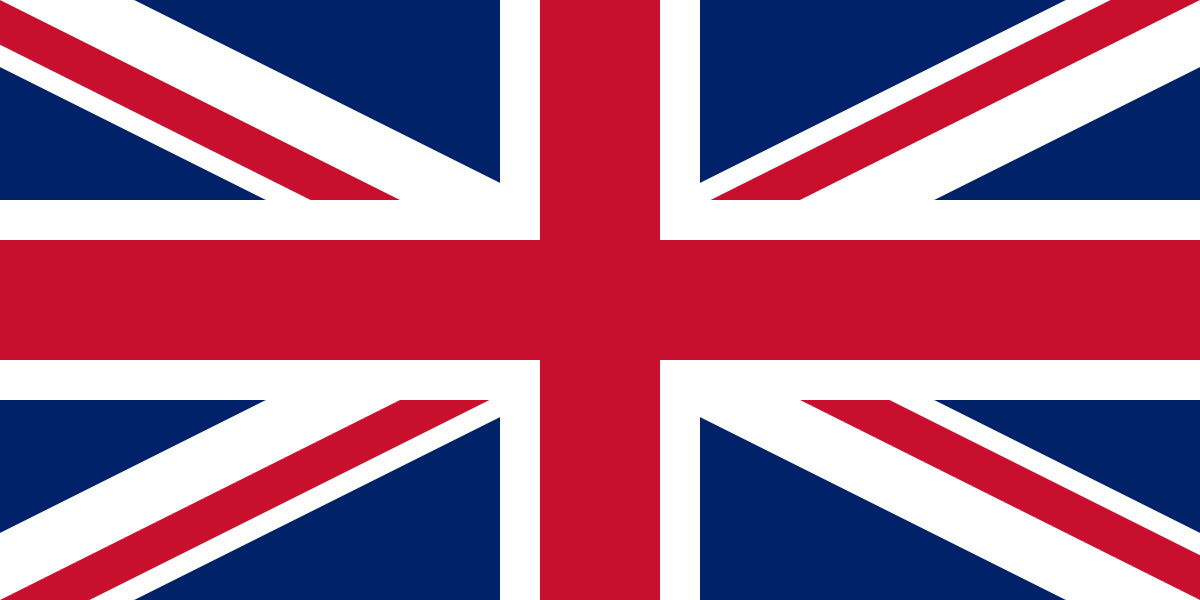FOLLICULAR PHASE
The follicular phase typically lasts 1 to 14 days of a 28-day cycle, although this varies with the length of the cycle. The primary hormone during this phase is oestrogen, which gradually increases and peaks just before ovulation. Due to this rise in oestrogen, the follicular phase is often associated with a gradual increase in energy and mood.
Antioxidants
Antioxidants are molecules that protect your body from the effects of harmful molecules called free radicals. These molecules are crucial during the follicular phase, as they help reduce inflammation and support the immune system, which is important for ovulation. As oestrogen levels rise, the body’s need for antioxidants increases to protect cells from oxidative stress (an imbalance between the harmful free radicals and protective antioxidants in the body). Foods rich in antioxidants, such as berries, nuts, and a range of vegetables such as broccoli, spinach, carrots and sweet potatoes can be beneficial.
Macronutrients
Macronutrients are the main nutrients the body needs in large amounts for overall function. There are three main types of macronutrients: carbohydrates, proteins and fats.
Research has shown that during the follicular phase, the body favours carbohydrates for energy over fats or proteins whereas conversely later on in the menstrual cycle during the luteal phase there is a stronger preference for fat utilisation especially during periods of exercise. Complex, low-GI carbohydrates like whole grains, legumes, and vegetables provide sustained energy during this period and can also help regulate blood sugar levels. As oestrogen levels rise, it is also essential to maintain a diet rich in fibre to support oestrogen metabolism. Whole grains, legumes, fruits, and vegetables are all key in this process.
Iron
Iron is an essential mineral required for everyday functions such as energy metabolism, cognitive function, immune health, and the production of red blood cells, which transport oxygen throughout the body. Women, particularly those of childbearing age, have nearly double the iron requirements of men. When blood is lost during menstruation, the iron within those red blood cells is also lost. A lack of iron means the body can’t make enough red blood cells to carry the oxygen and this can lead to iron deficiency anaemia, resulting in feelings of tiredness, weakness, shortness of breath and difficulty concentrating. Women who experience heavy periods are at an even greater risk of developing iron-deficiency anaemia. This is a problem experienced by women globally with menstruation being the most common cause of iron loss worldwide. A study in 2011 reported approximately 29% of non-pregnant women and 38% of pregnant women aged 15–49 were reported to be anaemic.






